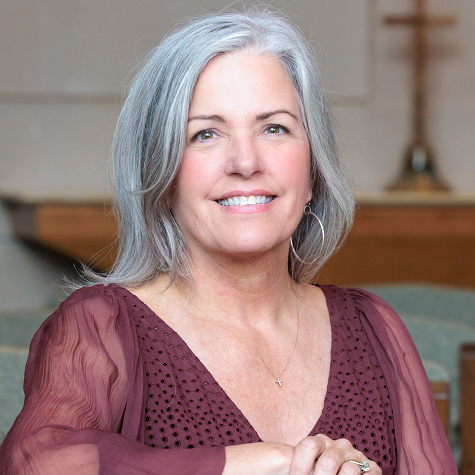On any given day in Kansas City, you will find one of many generous and well-meaning churches serving food to Kansas City’s homeless. These meals are prepared by members of our congregations and served in large portions with big smiles. As young children help by handing out cookies, they understand the unspoken rule of staying on their side of the serving table. And consistently, the meals are only eaten by those deemed “needy.” The rectangular white table serves as a visible reminder of the dividing line between these communities.
As church leaders, we must commit to uncovering our own personal biases if we desire to see through the eyes of another and hope to lead our faith communities to do the same. When initially participating in such serve opportunities, I made a personal decision to not receive food from the table. My logic seemed quite simple: I can afford to buy my own food. Unbeknownst to me, I created a separation as tangible as the table itself. I had unknowingly positioned myself behind the table. As I unpacked my logic, my community bias – demonstrated in the concern I had over being perceived as one of the needy – was overshadowing my desire to build relationships with all communities. Naming this bias was transformational for me.
Change can be slow and painful, as we typically don’t like to let go of how we have always done things. While transformation will not happen overnight, there are numerous ways to begin moving people from the perspective of hero to one of community fellowship. Sermon series, guest speakers, and small group studies are but a few examples of ways we can begin to help people inside the walls of our churches uncover their biases, gain awareness, and grow in their understanding of God’s call for us to love one another.
For church members looking for an initial point of entry into missions, identifying the why behind their interest can make all the difference. People volunteer for so many unique reasons. Some are lonely and need to connect with other people. For others, it’s a way to pay forward help they once received. Whatever the reason, serving others often helps us feel more deeply connected to God. Moreover, many non-profits offer volunteer opportunities. So, when a person chooses to serve with your church, it is often in response to a spiritual nudge. Spend time before serving discussing the ministry purpose. Ask volunteers how they would describe their feelings before serving. You may be surprised to hear words like anxious, excited, or afraid. Remind volunteers (and maybe yourself) that even Moses was hesitant – but that made him no less worthy! Thank God for lighting your path, and then walk beside your church into the community as their pastor or leader. Finally, spend time together debriefing after serving. Were there any surprises? Where did they encounter God? How might they be better equipped to help next time? How might they be better supported by the church?
Modifying current mission efforts – perhaps by eating with those we are feeding – are simple changes we can make that will simultaneously demonstrate how we grow closer to not only seeing God in those we “serve” but for them to also see Christ in us. And these slight adjustments just might turn a 2-hour missions serve event into a vehicle for discipleship!

Jenifer Schultz is the Connection, Care and Mission Engagement Pastor at our Brookside location. She spent the first half of her career in corporate finance and small business ownership. Then, what began as a day-off decision to serve the hungry in a park grew into a call to ministry. She has since completed her Master of Divinity at Saint Paul School of Theology with a concentration in Wesleyan Studies.